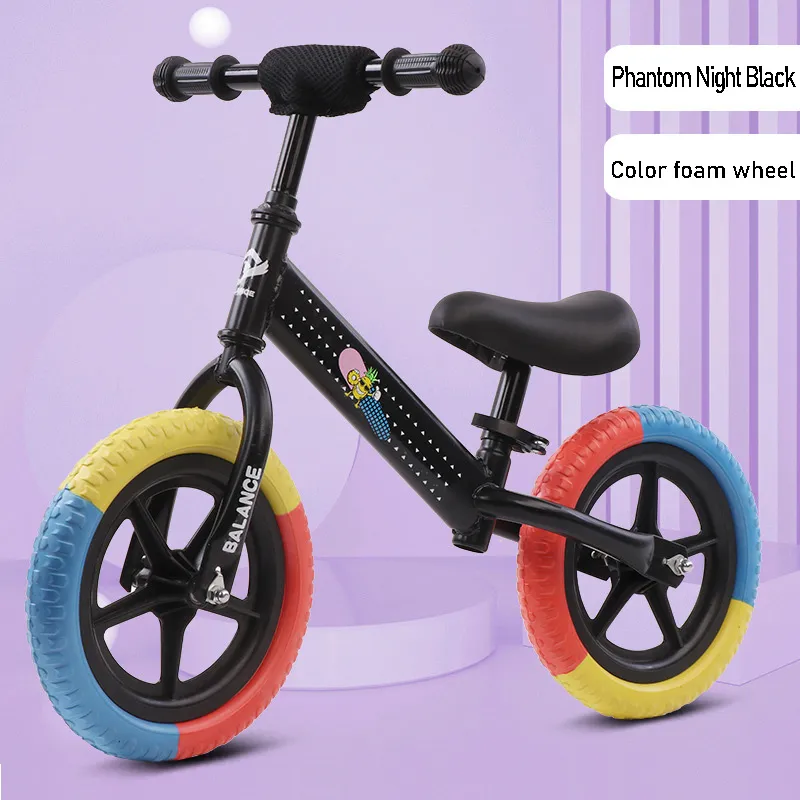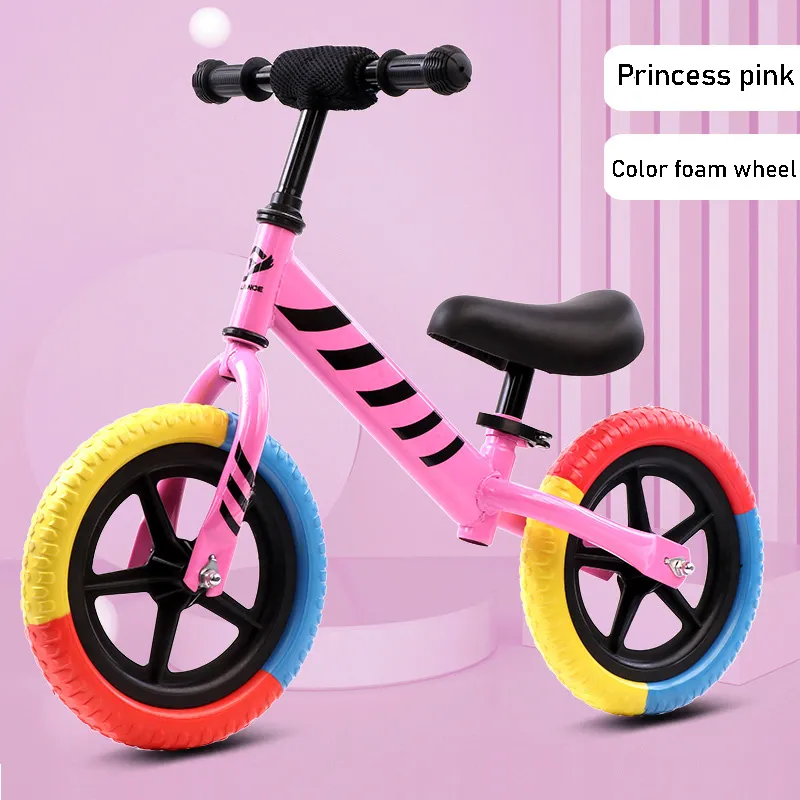Oct . 07, 2025 10:00 Back to list
Electric Balance Car with Smart Safety and Range?
What Parents (and Buyers) Should Know About the electric balance car category
If you’ve been scanning catalogues lately, you’ve probably noticed the naming mash-up: some suppliers still call toddler balance bikes an electric balance car even when there’s no motor. To be honest, the industry’s been casual with wording. This piece focuses on a pedal-free balance bike—the Children′s Balance Car 12–14 inch from Yanline (China)—that helps kids learn to ride fast, without the training-wheel drama.

Why this segment is growing
Parent forums are full of stories like “my 3-year-old took off in a week.” Retail buyers tell me the no-pedal format outsells starter bikes in certain regions by 2:1. The reason is simple: balance first, pedaling later. Plus, schools and daycare centers are rolling them into play-based motor-skill programs. Surprisingly durable demand for 12-inch models continues, while 14-inch picks up with taller 5–6-year-olds.

Product snapshot: Children′s Balance Car (12–14 inch)
Origin: China. Lightweight chassis, integrated carry handle (nice touch on school runs), and a tool-free seat post on most configurations. Many customers say the pick-up-and-go feel is what wins them over.
| Spec | 12-inch | 14-inch |
|---|---|---|
| Rider age/height | ≈ 18–48 months / 85–110 cm | ≈ 3.5–6 yrs / 100–125 cm |
| Frame | Light alloy or steel (model-dependent) | Light alloy or steel (model-dependent) |
| Wheels/Tires | EVA foam or pneumatic 12” | EVA foam or pneumatic 14” |
| Weight | ≈ 2.7–3.2 kg (real-world may vary) | ≈ 3.0–3.6 kg |
| Seat height range | ≈ 30–45 cm | ≈ 35–50 cm |

Materials, process, and testing
- Materials: light alloy or carbon-steel frame, PP/TPR grips, EVA or butyl rubber tubes, PU saddle. Hardware with anti-rust treatment.
- Manufacturing: tube forming, welding/brazing, shot-blast, powder coat, decal, assembly, torque audit, final QC.
- Testing: drop test (≈ 60–80 cm), 10,000–50,000 cycle fatigue on frame/handlebar, salt-spray on small parts, chemical limits per EN 71-3 for coatings.
- Standards aimed: EN 71 (EU toy safety), ASTM F963 (US), ISO 8098 (young children’s bicycles). Certification via third-party labs (e.g., SGS/TÜV) is available on request.
- Service life: around 3–5 years in normal family use; fleet use (schools/rentals) ≈ 2–3 years with routine checks.

Where it shines
Application scenarios include preschools, community cycling programs, toy retail bundles, and even brand promotions. Advantages: quick skill acquisition, low maintenance (EVA tires are practically puncture-proof), and that handy integrated carry handle—actually great when your rider’s legs “suddenly get tired.”
Customer feedback is warm: “light enough to carry, sturdy enough to hand down.” Some ask for hand brakes; Yanline can add a rear caliper on 14-inch builds.
Customization and OEM options
Colorways, logo print, carton design, QR assembly guides, tire type, and seatpost quick-release are customizable. MOQs are reasonable; lead times are usually 25–35 days post-approval. As ever, buffer for peak season.

Vendor comparison (buyer’s shorthand)
| Vendor | Certs/Compliance | Customization | Lead time | Notes |
|---|---|---|---|---|
| Yanline (China) | EN 71, ASTM F963 (lab-tested on request) | High (colors, tires, branding) | ≈ 25–35 days | Integrated handle; strong OEM support |
| Factory A (OEM) | EN 71 basic | Medium | ≈ 30–40 days | Lower MOQ, limited tire options |
| Trading Co. B | Varies by partner | Medium–High | ≈ 35–50 days | Broad sourcing, uneven QC—verify |
Mini case study
A preschool network in Southeast Asia deployed 60 units (12-inch EVA) across four campuses. After a short familiarization, staff reported fewer tip-overs and faster confidence vs. tricycles. Annual maintenance was mostly grip replacements and decal refresh—no flats. It seems the carry handle made classroom transitions a lot smoother.
Final thoughts
Whether you label it an electric balance car or simply a balance bike, the learning curve and ROI (for families and fleets) are hard to ignore. For buying teams: request test reports, specify tire type up front, and lock color codes early. For parents: fit the seat so little feet plant flat, helmet on, and let them glide.
References
-
Assist Bikes – Practical Mobility Solutions for Urban and Humanitarian Use
NewsNov.19,2025
-
cs20 ebike – Durable, Efficient Electric Bike for Urban and Remote Transit
NewsNov.19,2025
-
Discover the E Chopper Bike – Stylish, Sustainable Urban Mobility
NewsNov.18,2025
-
Discover the Power and Promise of Ebike Full Systems | Sustainable Mobility Solutions
NewsNov.18,2025
-
Electric Scrambler Bike – The Stylish, Sustainable Ride for Modern Life
NewsNov.18,2025
-
Discover the Benefits and Future of Go Electric Bikes | Yanline Bike
NewsNov.17,2025
-
Discover the Benefits and Innovations of the ebike pedelec | Efficient Urban Mobility Solutions
NewsNov.15,2025




